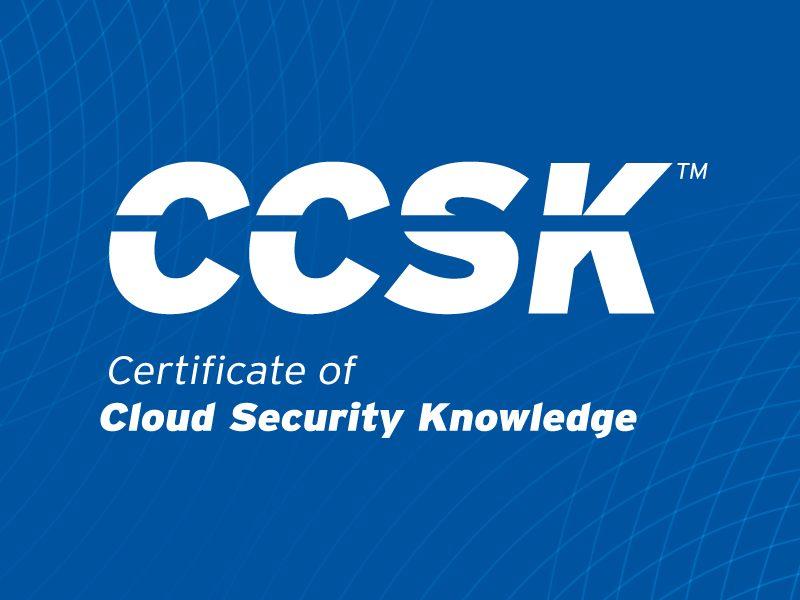What MITRE ATT&CK v17 Means for ESXi Security: Key Risks & How to Respond
Published 07/03/2025
Originally published by Vali Cyber.
Written by Nathan Montierth.
MITRE ATT&CK v17 introduces a major development for defenders: the first-ever dedicated ESXi matrix, highlighting hypervisors as critical points of attack. This blog breaks down what the new matrix means for defenders—spotlighting high-risk TTPs, outlining why traditional defenses fall short, and offering guidance on how to secure ESXi environments in alignment with evolving threat models.
Framework Overview
Because ESXi is Linux-based, the new ESXi matrix carries over 30 Linux Tactics, Techniques, and Procedures (TTPs), adapts 34 existing TTPs to ESXi, and has 4 new ESXi-specific TTPs. The matrix spans 12 ATT&CK categories focused on the different steps that may be taken during an attack chain: Initial access, Execution, Persistence, Privilege Escalation, Defense Evasion, Credential Access, Discovery, Lateral Movement, Collection, Command & Control, Exfiltration, and Impact.
What This Means for ESXi Environments
The release of the ESXi matrix has significant implications:
- Prioritization: Virtual infrastructure must now be treated as a first-class security concern, on par with endpoints and cloud assets.
- Alignment: Many compliance programs (NIST, ISO, HIPAA) often map controls to MITRE ATT&CK tactics. Gaps in hypervisor protection may become auditable security risks.
- CISO Attention: Executive leadership needs to account for hypervisor-layer threats in risk assessments and resilience planning.
While MITRE ATT&CK itself is not a compliance standard, its influence on audit frameworks and cybersecurity best practices continues to grow. Securing hypervisors is quickly becoming a business imperative, not just a technical one.
Highlighting the new ESXi TTPs
The ESXi techniques in ATT&CK v17 expose critical blind spots that most traditional endpoint security tools don’t cover. Here are four high-impact TTPs that stand out—and why they matter for organizations looking to improve ESXi ransomware protection to achieve better alignment with MITRE ATT&CK and greater compliance standards.
T1675: ESXi Administration Command
Attackers may abuse native ESXi services (e.g., VMware Tools, Guest Operations APIs) to remotely execute commands across VMs without accessing the guest OS.
Best Practices:
- Enforce multi-factor authentication (MFA) for shell access to the hypervisor to reduce unauthorized command execution risk.
- Implement administrative hardening policies that restrict which users or services can access native management interfaces.
T1059.012: Command and Scripting Interpreter - Hypervisor CLI
Built-in ESXi command-line tools like esxcli and vim-cmd can be misused for disruption or lateral movement without triggering endpoint security tools.
Best Practices:
- Limit command-line tool access by implementing strict execution policies for privileged commands.
- Use execution control systems to block unauthorized scripts or binaries from running on the host.
- Deploy real-time monitoring to flag unusual command behavior that may indicate ransomware activity or lateral movement.
T1505.006: Server Software Component - vSphere Installation Bundles (VIBs)
Adversaries may use vSphere Installation Bundles (VIBs) to establish persistent access to an ESXi host—surviving reboots and reactivating malicious behavior.
Best Practices:
- Apply software control measures to prevent the installation or execution of unapproved or altered components.
- Monitor for unauthorized changes to system-level packages or startup configurations.
T1673: Virtual Machine Discovery
Enumeration of running VMs allows attackers to identify high-value targets for encryption or disruption.
Best Practices:
- Restrict access to discovery commands using role-based access control and administrative segmentation.
- Use behavior-based monitoring to detect unusual enumeration activity at the hypervisor level.
Strengthening Hypervisor Defenses
With hypervisors formally recognized as high-value attack surfaces, security strategies must evolve accordingly. Protecting the hypervisor requires a combination of:
- Multi-factor authentication and strict access control at the host level
- Runtime monitoring of administrative and command-line activities
- Proactive hardening of virtual environments through configuration management
- Behavioral detection and anomaly monitoring focused on hypervisor behavior
- Rapid containment and recovery strategies in case of breach
Organizations should assess their existing defenses and determine whether additional measures are needed to address the specific risks outlined in ATT&CK v17.
Final Thoughts
MITRE ATT&CK v17 represents a shift in how defenders must think about securing the core of their infrastructure. Hypervisors are no longer out of reach for attackers, and assuming that traditional perimeter defenses are enough is no longer viable.
Organizations that take action today—by aligning defenses to the hypervisor-specific TTPs outlined in ATT&CK v17—position themselves to not only strengthen compliance efforts, but also build resilience against ransomware and other advanced threats targeting virtualized environments.
Securing the hypervisor is not just about adapting to a new framework; it’s about safeguarding the operational backbone of modern enterprise. In an increasingly virtualized world, protecting what’s foundational means protecting everything that depends on it.
Unlock Cloud Security Insights
Subscribe to our newsletter for the latest expert trends and updates
Related Articles:
How to Build a Trustworthy AI Governance Roadmap Aligned with ISO 42001
Published: 01/07/2026
AWS Ends SSE-C Encryption, and a Ransomware Vector
Published: 01/05/2026
Closing the Cloud Forensics and Incident Response Skills Gap
Published: 12/16/2025
Beyond Workday: Why Socially Engineered SaaS Breaches Are Spreading
Published: 12/15/2025






.jpeg)

.jpeg)
.jpeg)